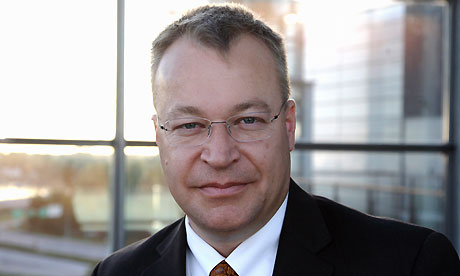  Nokia has unveiled a new range of Symbian S40-based low-end handsets, called Asha, aimed at emerging markets such as India and Africa.
The additional range is intended to help Nokia target the "next one billion" consumers to get online and joins handsets such as the Nokia 100, 101 and 500. Only around 30 percent of the world has an internet connection, Nokia said on Wednesday at the launch of the devices. It also launched a new range of Lumia smartphones.
"Our research suggests the next billion is a really young crowd," Stephen Elop, chief executive of Nokia, said. "They see technology as a way to upgrade their life, despite affordability constraints they are extremely savvy phone users. For those people today we are producing 12 phones per second, one million phones per day, 365 million phones per year."
The range will initially be made up of four devices. Two of the handsets — the Asha 300 and 303 — will be released before the end of the year with price tags of around €85 and €115, respectively, Nokia said.
The Asha 303 is the highest specced of the range and combines a 2.6-inch touchscreen with a Qwerty keypad. It also fits a 1GHz processor, 3G connectivity, and integrated social networking capabilities, such as Facebook chat and the Whatsapp instant messenger (IM) client.
Similarly to the Asha 303, the 300 brings the same processor and connectivity options but takes a full touchscreen form factor. As with the 303, the web browser uses server-side compression to reduce data usage by up to 90 percent, Nokia said. It also has a 5-megapixel camera and will support microSD cards up to 32GB.
Moving to the lower end of the line-up, the Asha 200 and 201 will launch at the beginning of 2012 and will be priced at around €60 each.
Both devices have a Qwerty keyboard and offer almost identical hardware, with the difference being an additional SIM card slot in the 200. They also come with support for 32GB microSD expansion and a claimed 52-hour music playback battery life. |